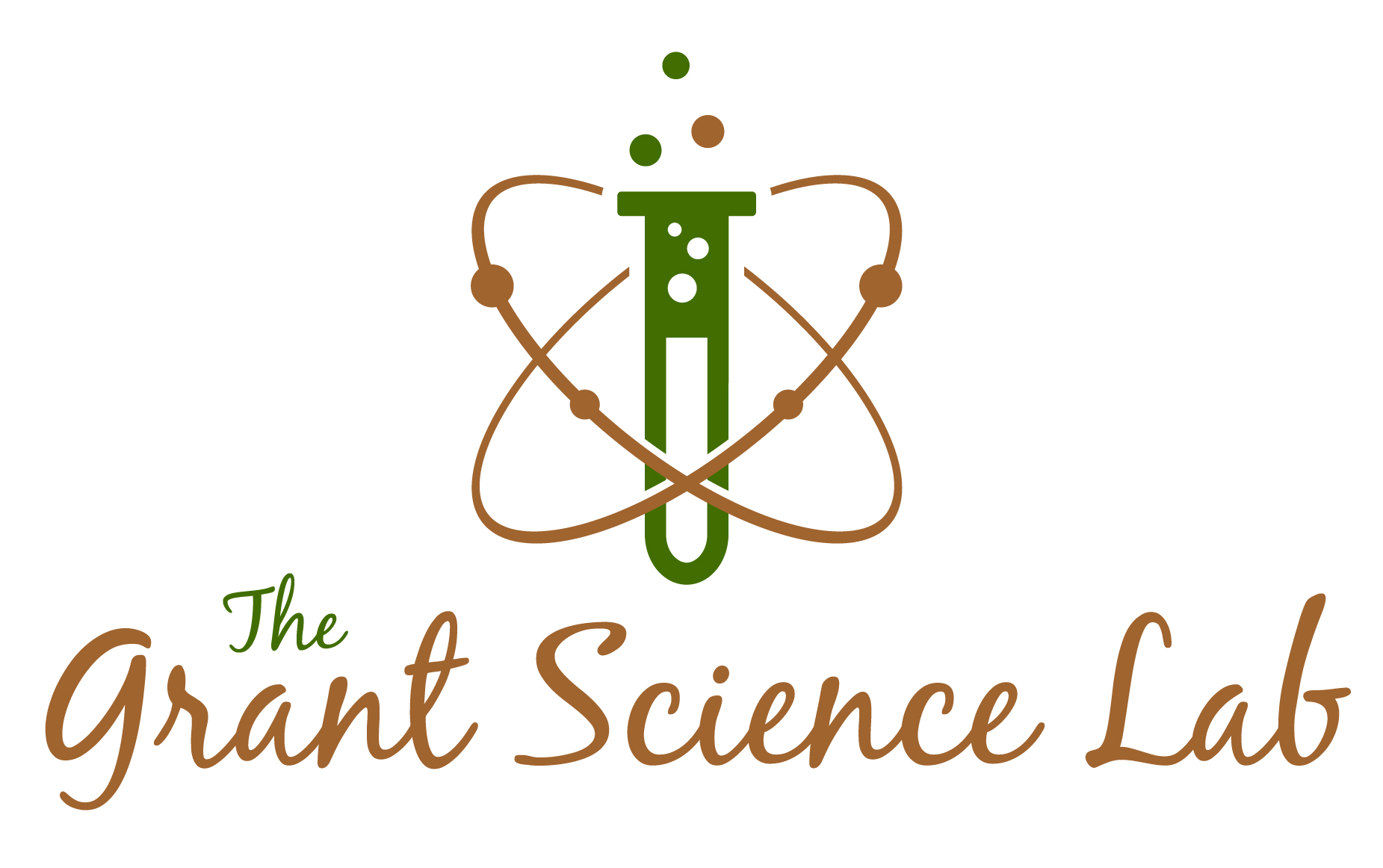Reading Requests for Proposals, Grant Solicitations, Applications, and Guides
 The first rule of research grant proposal preparation is: Read the Request for Proposal (RFP). Then read it again. In fact, as a principal investigator or project director, you should probably read it three or more times and refer to it regularly throughout the proposal writing process.
The first rule of research grant proposal preparation is: Read the Request for Proposal (RFP). Then read it again. In fact, as a principal investigator or project director, you should probably read it three or more times and refer to it regularly throughout the proposal writing process.
Q: Why should you read it multiple times and regularly refer to it?
A: These documents are full of details. The devil is in the details. You don’t want to miss any bit of critical information. No one is deliberately trying to hide them. Rather, with accountability issues, agency or foundation mission, the scope of funding allowed, format requirements, budget restrictions, and just general rules of the funding agency or foundation, an RFP or solicitation has to cover a small land mass of information. A few survey reads should be a first step in grasping that mountain of details in an RFP. Survey reading helps you set the scope of your proposal and its development plan. Eventually, a close reading of a grant announcement must happen.
A close reading of an RFP or solicitation should take you back to the first lesson of reading for retention back in elementary school. This lesson begins with, “Read this (insert story, paragraph, section, book, directions) and find something like the (insert main idea, some number of facts, some number of critical ideas, or something specific to the document).” These documents are so full of information, that it is easy to miss information even with a close read. Always refer back to it while preparing the proposal. It is not always about missing something. It can be about interpreting that information. Questions about interpreting information are ideal reasons to contact the program officer.
Unfortunately, it is not just about reading the RFP or solicitation carefully. Federal agencies and foundations sometimes have other documents such as grant proposal guides, specific supplements, and even application forms that require a similar reading approach. In this visual culture one might think that infographics and presentations might make it easier, but they don’t. They can only address the big stuff. It’s back to reading for detail and writing for detail. As researchers and other academics reading and writing are why we signed on to the job. Arithmetic is part of that job too with grant proposals, because the data better be correct and budget numbers better add up.

